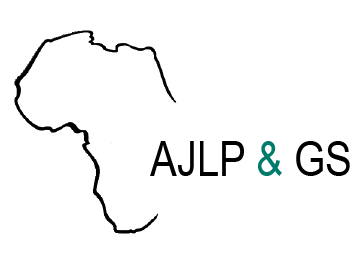Resource information
Context and background: The essential emerging reality from the statutory-versus-customary tenure debate is that both customary and statutory tenure systems have faults and good merits. With the unaffordability (in terms of technical, time and money cost) issues surrounding the statutory tenure for tenure security; and the population pressure, there is a need to reconsider the direct integration of relevant aspects of the customary tenure systems into the statutory land administration system (LAS) as part of the efforts towards a more realistic solution to the challenge of tenure insecurity in the continent.Goal and Objectives:This paper engages the debate on the potential of customary tenure (as a crucial aspect of customary land administration) system to spur the success of the statutory tenure (as a critical component of conventional land administration) system towards achieving realistic governance of land resources in Africa.Methodology:This article was presented at the Conference on Land Policy in Africa in 2021 (Kigali, Rwanda) to obtain stakeholder input. The applied methods include the use of an integrative literature review to identify aspects of customary land administration that have linkages to conventional land administration, an expert interview to verify aspects of customary land administration incorporable with conventional land administration and Mann-Whitney for statistical analysis to rate interviewees’ views on the relevance customary tenure to the four functions of conventional land administration.Results:The overall results hinged on identifying three critical aspects of customary land administration that directly add value to conventional land administration. These include (1) customary land administration contributions to land tenure and value functions of LAS through community land conflict management; (2) Customary land administration promotion of land tenure, value and use functions of LAS through collective titling; and (3), customary land administration promotion of land tenure and use of those functions through customary land allocation. Conclusions were drawn in support of the identified roles of those aspects to the development of effective LAS responsive to landowners’ and users’ needs.

